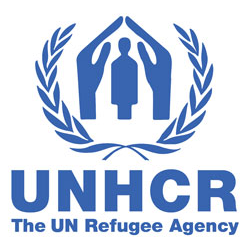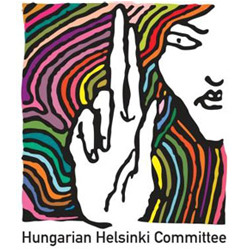Main Debates
- Is the boat really full? Where?
- Should former countries of origin ‘repay’ their historic debts by receiving migrants?
- Does the European Union need an immigration policy. If yes, what sort of?
Main Points
- The proportion of migrants among the population is only slightly increasing in recent decades and is close to 3%
- Transformation of many European states from sending to receiving states
Lessons from historical data:
- Closing one entry door leads to opening of another
- Migration cannot be halted
- The migration to the global South competes in importance with the migration to the global North
Readings
Core
- A. Segal, An Atlas of International Migration, (London: Hans Zell Publishers, 1993), pp. 3–22.
- Global Commission on International Migration (GCIM), Migration in an Interconnected World: New Directions for Action (Report of The Global Commission on International Migration, October 2005), pp. 5–10.
- United Nations, ’International Migration Report 2013’, United Nations Department of Economic and Social Affairs Population Division, ST/ESA/SER.A/346, December 2013.
Extended
- S. Castles, Hein De Haas, and M. J. Miller, The age of migration: international population movements in the modern world, (Houndmills: Palgrave, 2013), pp. 84 – 197, 215 - 239.
- C. Dauvergne, Making People Illegal – What Globalization Means for Migration and Law (Cambridge: Cambridge University Press, 2008).
- R. King, ‘European International Migration 1945–1990: A Statistical and Geographical Overview’, in R. King (ed.), Mass Migration in Europe the Legacy and the Future (New York: John Wiley and Sons, 1995), pp. 19–39.
- OECD, International Migration Outlook (Paris: OECD, 2014).
- United Nations, International Migration and Development Report of the Secretary General, A/68/190, 25 July 2013.
- UNHCR, ’Global Trends 2013, War’s Human Cost’, 20 June 2014.
Editor’s Note
An historical overview of migration should place a particular emphasis on post-Second World War patterns, highlighting the changes in migration policies that encouraged inward migration until the late 1970s. Explication of trends and patterns in refugee migration should identify the changing numbers of refugees, their countries of origin, and the uneven distribution of asylum seekers among host countries.




